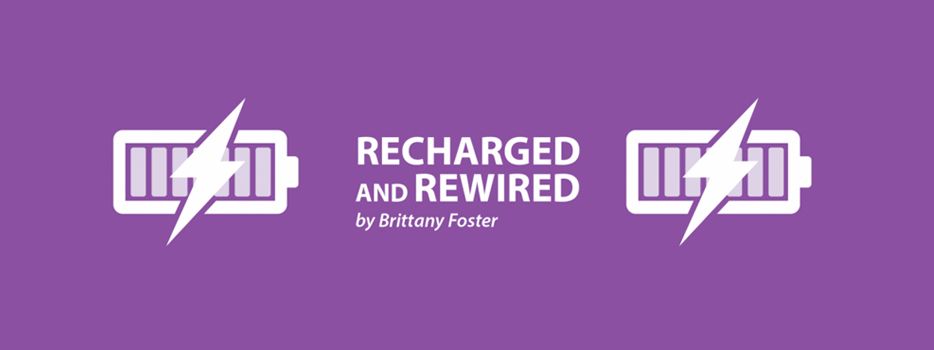I Need to Stop Apologizing for My Body and Start Connecting to It

“Don’t mind the pacemaker on the left side of my chest — it sticks out. I hope you’re not grossed out by the port because you can see the tunneling of the line under the skin. I’m sorry about that.”
In an attempt at an intimate moment, I caught myself apologizing. I apologize for parts of my body that bother me the most. The parts that pain me to see when I look at myself in the mirror.
Lacking self-confidence, feeling the need to say “I’m sorry” for my outward appearance, and pointing out my imperfections have made intimacy a struggle. It’s important to remind myself to stop apologizing for my body and start connecting to it.
It is difficult to connect emotionally and physically to my body. It feels impossible to be ready for intimacy and sex when I’m too focused on the parts of myself that bother me. Apologizing brings my attention away from the present moment. It forces me into a state of vulnerability and shame. I lose focus on any positive feelings or pleasure.
Learning to have gratitude for my body has helped me connect to it. Instead of focusing on the outward appearance of my medical devices, I shift my thoughts. During moments when I feel embarrassed by the raised parts of my chest where my pacemaker and port are placed, I try to replace those feelings of shame with appreciation.
Instead of saying, “I’m sorry my pacemaker sticks out,” I remind myself that I am grateful for the fact that my pacemaker keeps my heart rhythm beating strong. It controls dangerous arrhythmias and lessens the anxiety and fear that develop as a result.
My port, despite the outward tunneling under the skin, allows me to receive the medical interventions and treatments that I need. Gaining a positive emotional connection to my body by practicing gratitude helps build intimacy.
I am working on trusting and respecting my body physically, too. I have been focusing on all the ways my body allows me to feel pleasure. In order to enjoy intimacy and sex, the physical connection has to come from within first.
By paying attention to what feels pleasurable for me, I am able to better appreciate all that my body is able to experience. This minimizes the amount of time I spend tearing it down and helps me remain focused on the present moment. I can take my thoughts away from the parts of myself that bother me on the surface and shift my attention to the sensations that feel best.
Intimate moments and sex can become complicated by emotional and physical disconnect. I have caught myself in a downward spiral of harmful self-talk, body shaming, and emotional anger and frustration toward my body. In focusing on the negative, I have failed to actually connect both emotionally and physically to my own body. Instead, I say, “I’m sorry” one too many times.
I have learned that I am worthy of intimacy and pleasure. Before I can connect intimately with another person, I need to first stop apologizing for my body and start connecting to it.
***
Note: Pulmonary Hypertension News is strictly a news and information website about the disease. It does not provide medical advice, diagnosis, or treatment. This content is not intended to be a substitute for professional medical advice, diagnosis, or treatment. Always seek the advice of your physician or other qualified health provider with any questions you may have regarding a medical condition. Never disregard professional medical advice or delay in seeking it because of something you have read on this website. The opinions expressed in this column are not those of Pulmonary Hypertension News or its parent company, Bionews, and are intended to spark discussion about issues pertaining to pulmonary hypertension.








Kimberly Rex
Great, honest piece. I don’t have pulmonary hypertension or a port, but I do have a pacemaker/ICD, and I related to this.